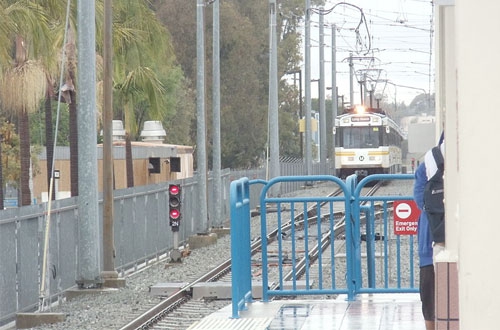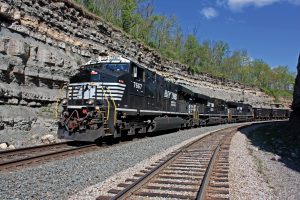CTC allocates more than $54 million for rail projects
Written by Jenifer Nunez, assistant editor
The California Transportation Commission (CTC) has adopted 156 projects, valued at $583 million, to support needed upkeep on California's aging roads and bridges, make upgrades to transit and rail systems and encourage use of alternative forms of transportation, including biking and walking.
The allocations include more than $54 million for rail projects alone and $15.5 million from Proposition 1B, a transportation bond approved by voters in 2006. To date, more than $19.1 billion in Proposition 1B funds have been put to work statewide for transportation purposes. The remaining funding allocations came from assorted transportation accounts funded by state and federal dollars.
Projects that received funding include $38,494,000 for the replacement of the 20-year-old Blue Line signaling system on the current alignment, as well as the installation of new track crossovers, new train controls at 15 locations, new LED signals and lower switches, 19 turnouts, new track, overhead catenary and a communications upgrade.
The allocations also include several grade-crossing improvement projects at the Port of Oakland; three in the San Gabriel Subdivision in Rancho Cucamonga, Los Angeles, Baldwin Park and Encinitas. Other projects include a track and signal communication project for the Antelope Valley rail line and an expansion project in San Pedro.
For a complete list of the projects please click here.
“Caltrans is working to ensure every dollar counts when it comes to California’s transportation infrastructure,” said Caltrans Director Malcolm Dougherty. “All these investments will benefit Californians now and for decades to come.”
Despite this month’s allocations, the CTC has been forced to adopt a five-year state transportation funding plan cutting $754 million and delaying another $755 million in previously planned highway, rail, transit, bicycle and pedestrian project spending. These cuts are due in large part to the steady loss of gas tax revenue over the past two years because of the drop in gasoline prices. These reductions and cuts mark the largest of their kind since the current state transportation funding structure was adopted 20 years ago.





